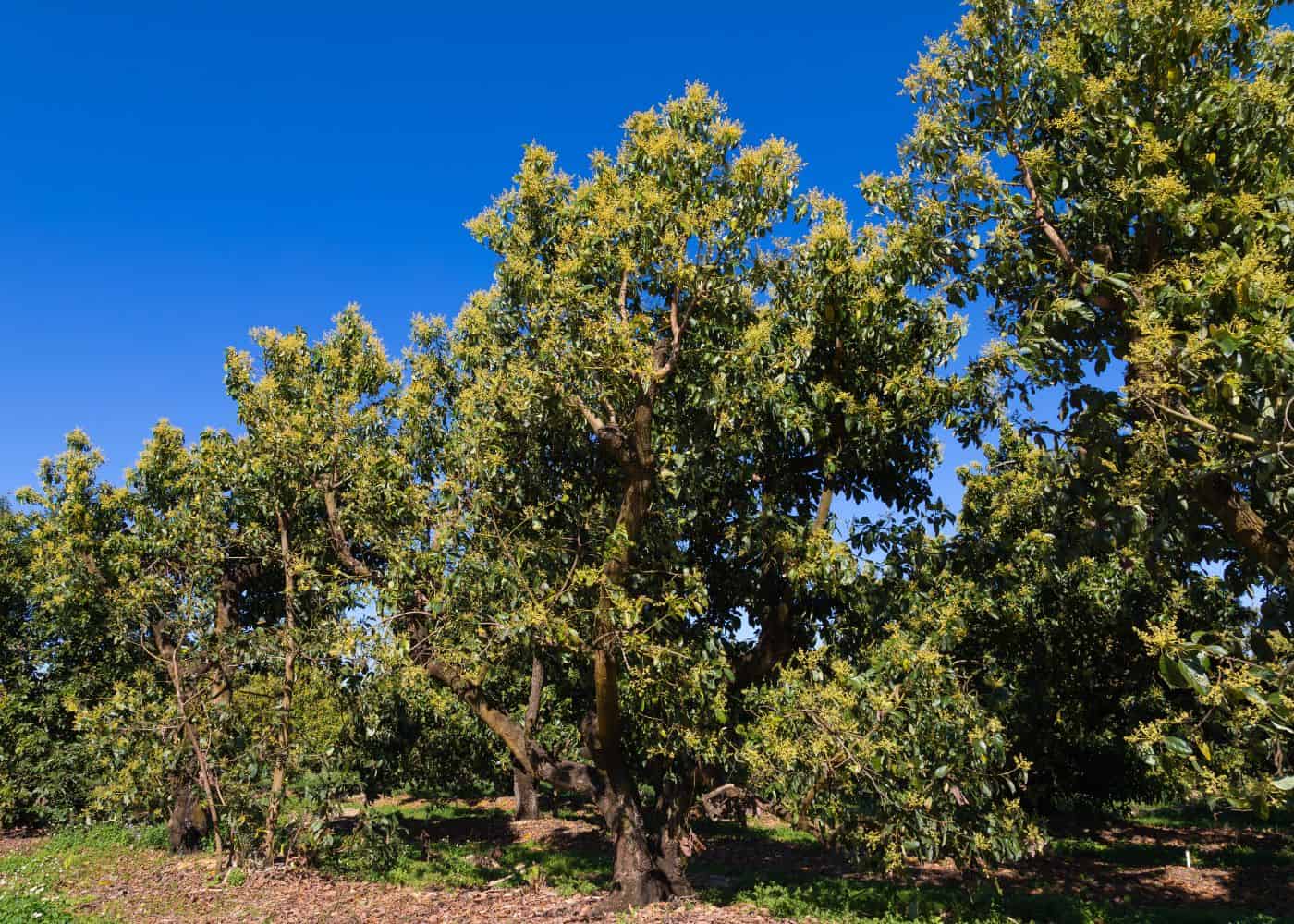Avocados are famous fruits around the world, with a distinctive taste unmatched by other produce. They can also be quite pricey depending on where you live, making a regular supply of avocados out of reach. But, with a bit of garden space, you can grow your own avocado tree for continuous fruits year after year.
Avocado trees are best planted in early spring in a full sun position. They should be planted away from structures or other trees to give the roots space to expand. As the trees are large, they are best grown outdoors rather than in containers. It’s also possible to grow avocado trees as ornamental houseplants, although they are unlikely to fruit indoors.

When to plant avocado trees
Avocado trees are best planted in early spring, but can be planted any time during the spring season. This gives the roots time to establish and settle in before cooler fall and winter temperatures, preventing damage to vulnerable growth. It’s also best to avoid planting in summer as the high temperatures can stress the plant before it has established.
After planting, make sure you give the trees plenty of water if there is limited rainfall in your area.

How much space do avocado trees need?
As mentioned, avocados are not small trees. They need plenty of space to expand, with root systems that can reach well beyond 10 feet under the ground. It’s recommended to give avocados a minimum of around 15 feet of space (slightly less when growing smaller types) between the trunk and nearby structures to avoid any root disturbance. Two avocado trees need to be planted further apart to prevent interference, preferably around 25 to 30 feet.

Where is the best place to plant avocado trees?
Avocados need a position in the garden with plenty of sun and fertile soil. Aim for at least 8 hours of direct sun per day for the best possible yield. While they need plenty of moisture to grow, the soil should still drain well enough to prevent rot. Avoid areas close to other trees or nearby structures so the shallow root system has enough space to expand outwards.

Planting avocado trees
When you’re ready to plant, start by assessing the amount of space your mature avocado tree will need based on your chosen variety. Then, dig a hole double the width and depth of the pot or bag the tree came in. Amend the soil with plenty of compost to improve conditions and sand to improve drainage if needed. You can also add a handful of slow-release fertilizer if your soil is low in nutrients. When planting, try to disturb the roots as little as possible. Plant at the same depth the tree was previously and water immediately after planting to encourage the roots to grow outwards.

Growing from seed vs nursery plant
You’ve probably seen tons of tutorials online explaining how to grow an avocado from the seed of a store-bought fruit. While this is certainly possible and makes for a fun gardening experiment, it is not the best option if you want strong trees that produce fruits quickly.
Avocado trees take several years to grow and mature before they begin producing fruits. Trees bought from nurseries are already a few years old, meaning they begin producing fruit much quicker than an avocado tree grown from seed.
Growing from store-bought seeds can also be unreliable. The tree you grow may not be as prolific as the parent it came from. Or worse, it may not produce any fruit at all.
For better yield and a higher chance of success, it’s better to plant from a nursery tree than grow from seed.
What zones do avocado trees grow in?
Avocado trees grow in warm climates which is why they are associated with warm and sunny regions. They grow best in USDA Zones 8-11 where temperatures don’t drop too low in winter. If you live in a zone lower than 8, it’s best to grow in containers so you can bring the trees indoors and away from the cold in winter.

Can you grow avocado trees indoors?
Avocado trees are becoming increasingly popular houseplants. Their glossy leaves add wonderful aesthetic value indoors and their large stature allows them to fill corners in homes with ease. But, if fruit is what you’re after, growing indoors is not recommended.
Avocado trees need plenty of sunlight and water to produce fruits. Indoors, the light levels are typically not strong enough for the plants to have the energy to produce fruits. The problem worsens when they grow taller than window height, out of the reach of the direct sun. They are also normally planted in small containers that restrict growth, limiting the possibility of fruiting.
If you’re just looking to grow an ornamental feature, growing indoors is no problem. This is also a great use for those trees grown from store-bought seeds, as the focus won’t be on fruiting. In any other cases, it’s best to keep your avocado tree outdoors.
Growing avocados in containers
Since you know avocado trees can grow indoors, it makes sense that they are able to grow in containers. But in small spaces, you’re likely to get a much lower yield, or no fruit at all if your pot is too small.
Avocados are large trees with expansive root systems that absorb tons of water and nutrients. Without the space to expand, they won’t have the resources needed to fruit. It’s certainly possible if you can find a big enough container, but not recommended.









